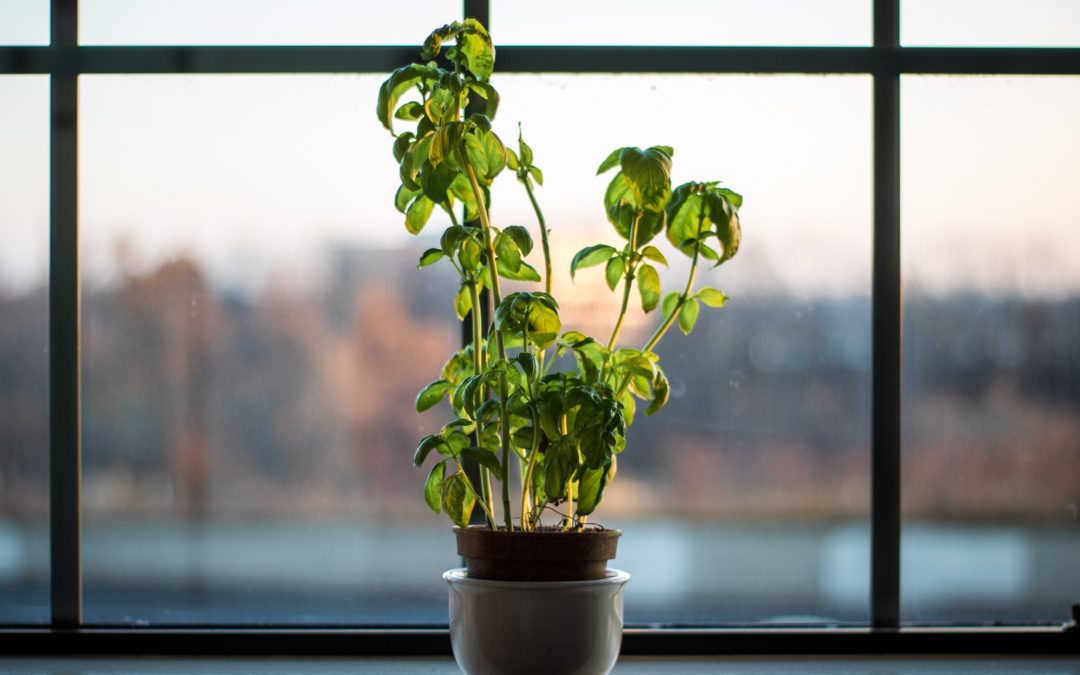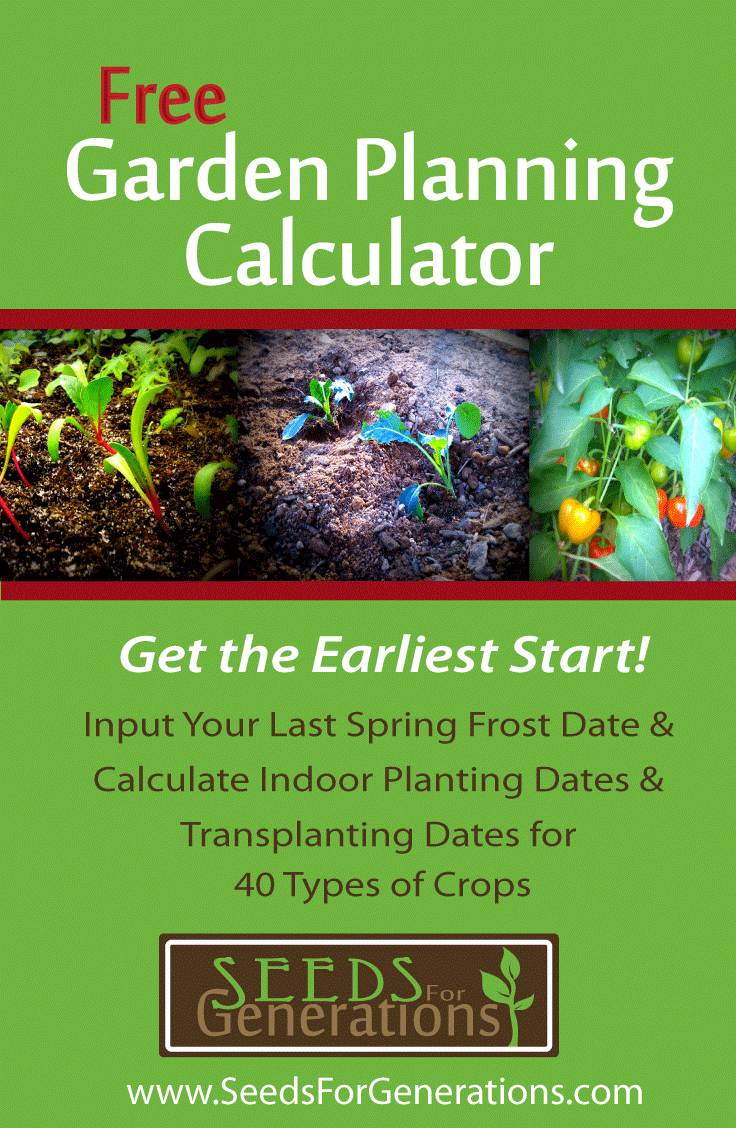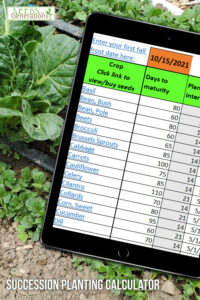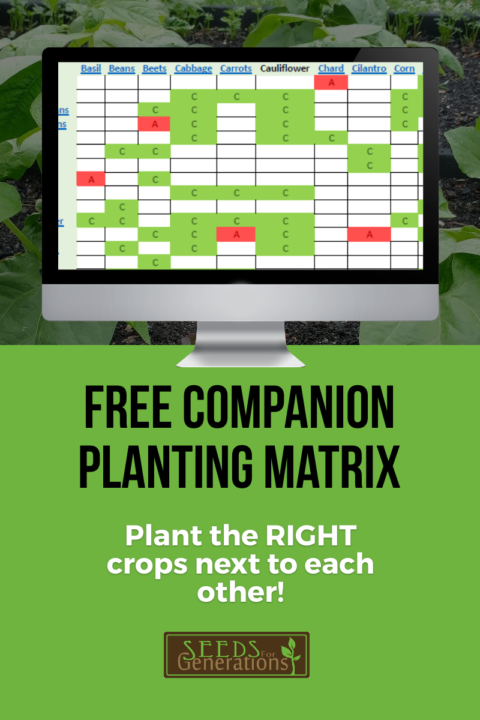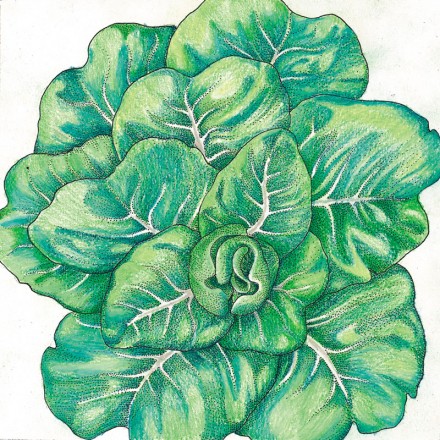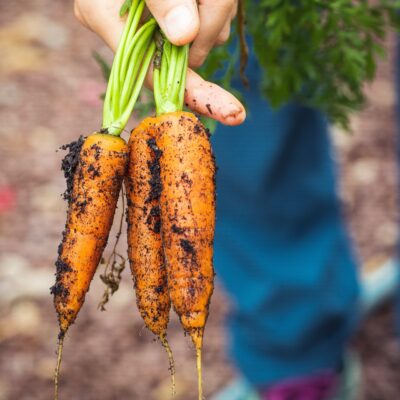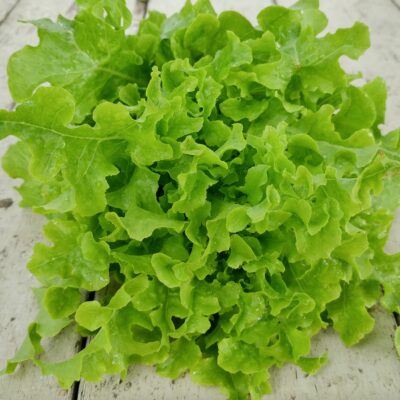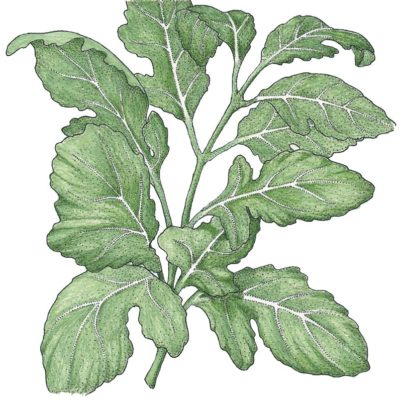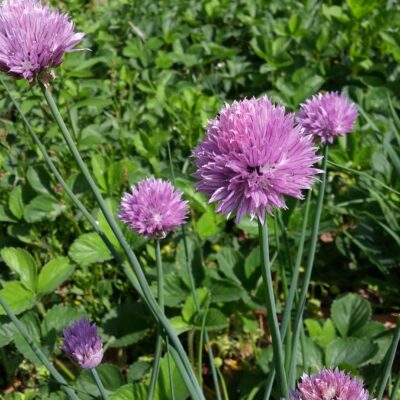Disclosure: The links in this post may be affiliate links. If you purchase any products after clicking on these links, at no additional cost to you, Seeds for Generations may receive a small commission for making you aware of these important resources.
Basil (Ocimum basilicum, mint family)
A bushy plant, basil can grow quite high during the growing season. The large leaves smell very strongly of that unique anise/sweet herb flavor basil provides.
Fresh basil is commonly used in pasta dishes (especially paired with tomatoes), summer salads, and pestos. It pairs well with tomatoes, onions, olive oil, spinach, garlic, parsley, oregano, and coriander. While it’s commonly used in savory dishes, it also blends well with raspberries, strawberries, watermelon, and citrus fruit.[i]

Storing & Preserving Basil
You can store fresh basil in the refrigerator for a few days. As the season progresses, however, the plant may bolt or go to seed. Before this happens, if your basil plant is doing well, you may want to preserve these aromatic leaves for later use. Here’s how:

Drying Basil
Hang bunches of fresh basil in a dry, protected area such as a root cellar or basement. Allow the plant to dry completely, then store the crumbled leaves in a jar or another tightly sealed container. (If you don’t have a dry spot that will work for drying herbs, you can also dry them in your oven. Learn more here.)

Freezing Basil
Basil also freezes well. Freeze the leaves whole, blanched whole, or made into a pesto or similar puree.[ii]
Preserving Basil – Misc. Ways
In addition, you can also preserve basil WITHOUT freezing or drying. Instead, you use salt, oil, or vinegar. Read more about those methods here.

How to Grow Basil
Basil should be planted in full sun in well-drained soil. It doesn’t need fertile soil, but it does perform best when organic matter is added. Provide even water as the plant grows.
You can start basil seeds indoors 4-6 weeks before the last frost, or sow directly in soil that’s at least 70 degrees F. Basil doesn’t produce well under 50 degrees F, so if you want a winter supply, plant your basil in a container and move the container inside once the weather turns.
Basil in a good companion plant for tomatoes, meaning that it grows better near tomatoes (and vice versa). It is also a good companion plant for other crops also, including lettuce, beans, beets, potatoes, and oregano. (Don’t plant it near rue.)[iii]
Wherever you plant it, don’t be a afraid to plant a LOT of seeds. Even high-quality basil seeds have very low germination rates, and you can always thin out the plantings if too many sprout.[iv]
Finally, young basil plants can be prone to “damping off,” a fungal infection that makes the plants turn yellow and the stems lose their strength. If you see signs of damping off in your basil plants, treat them with chamomile tea.[v]
Conclusion – Growing and Using Basil
It’s a prolific herb, it’s a pretty plant, and it’s delicious on pasta and pizza. Start growing and using basil today, and let us know how it goes!

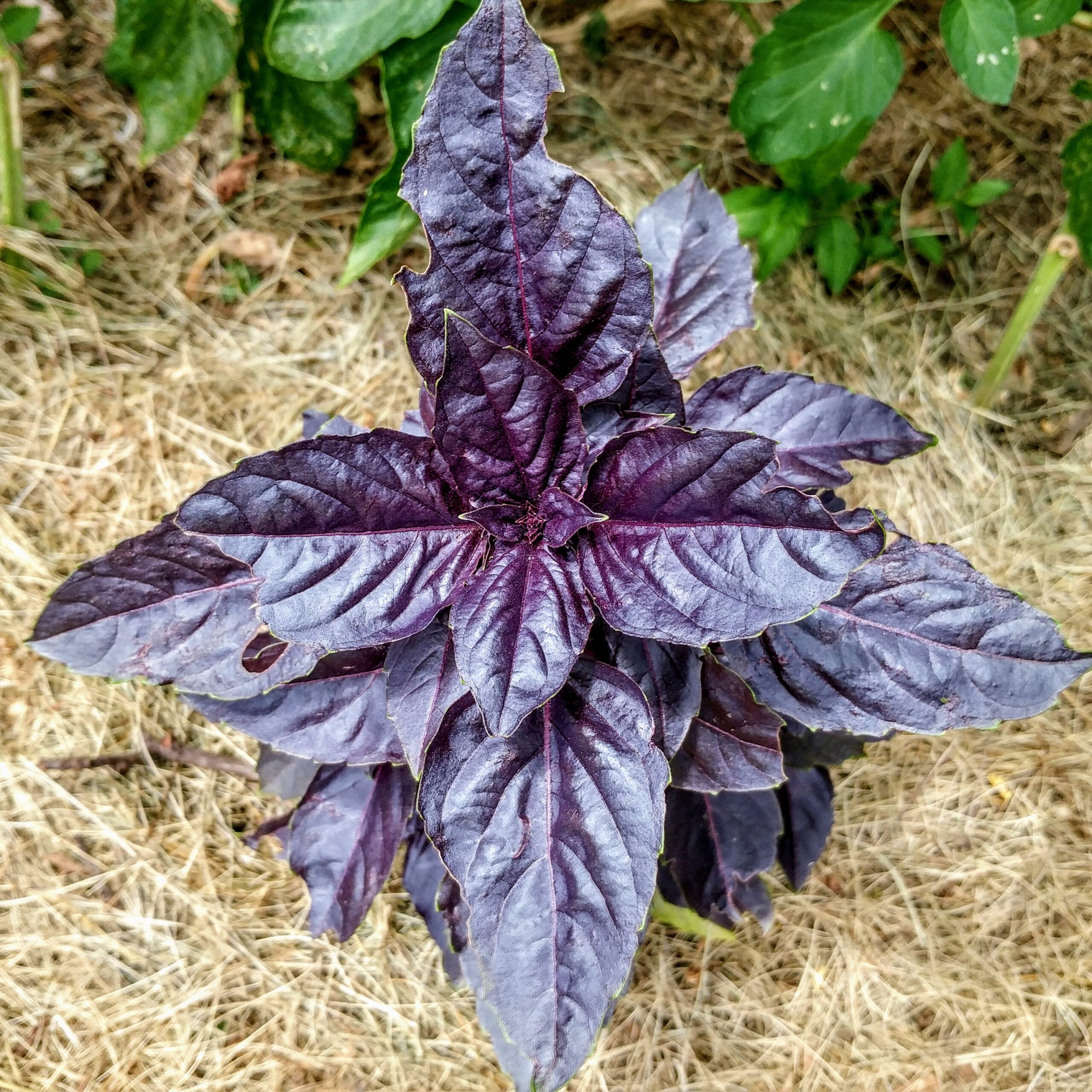
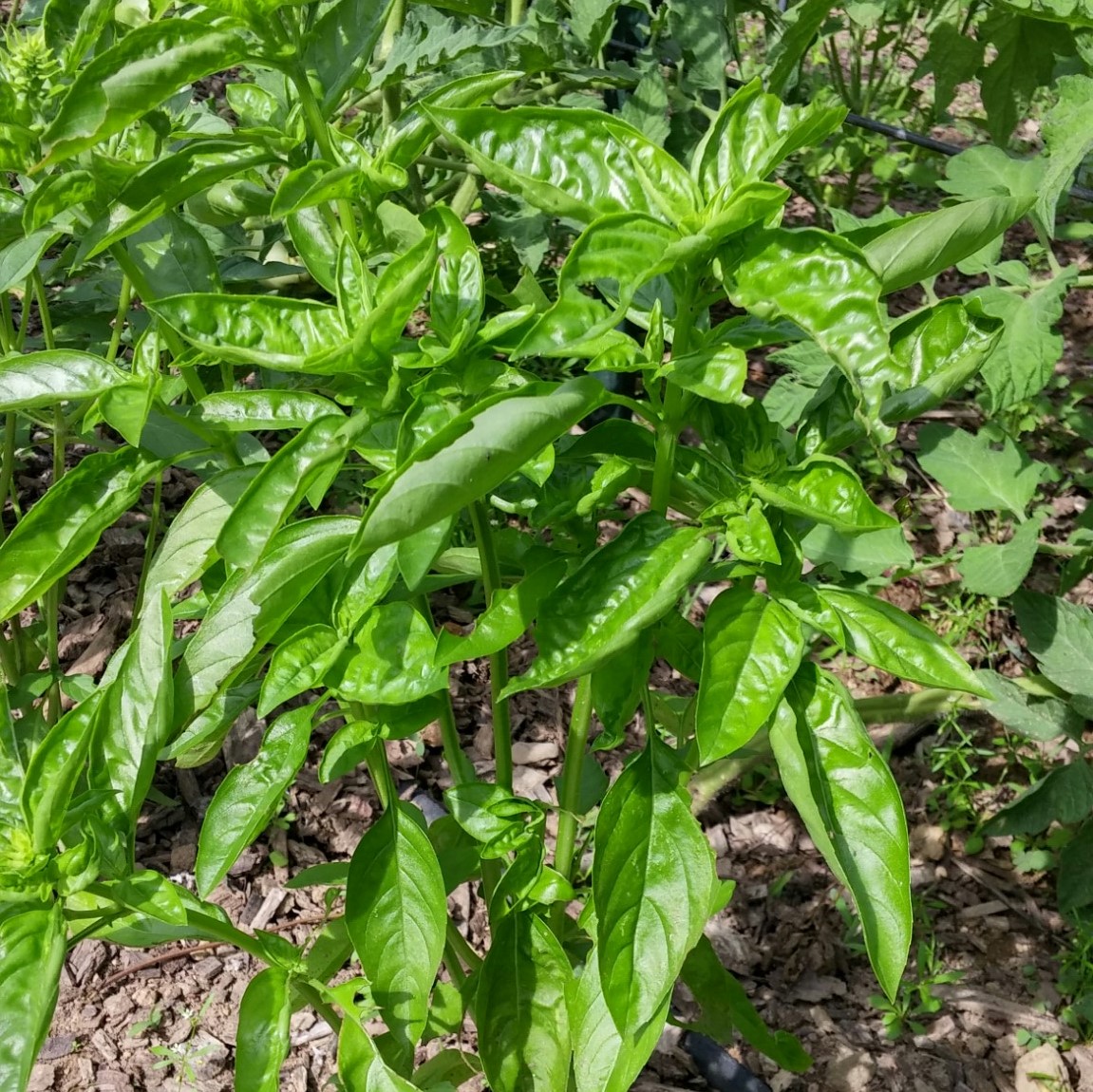
[i] http://www.onegreenplanet.org/vegan-food/foods-that-pair-well-with-basil/
https://www.gourmetgarden.com/en/blog/1692/taking-mystery-out-herb-and-spice-pairing
[ii]https://anoregoncottage.com/freezing-basil-leaves-6-ways/
https://www.schneiderpeeps.com/preserving-pesto-in-small-batches/
[iii]http://www.ourherbgarden.com/basil-companions.html
https://www.motherearthnews.com/organic-gardening/companion-planting-guide-zmaz81mjzraw
[iv]https://seedsforgenerations.com/product/basil-genovese/
https://seedsforgenerations.com/product/basil-dark-purple-opal/


